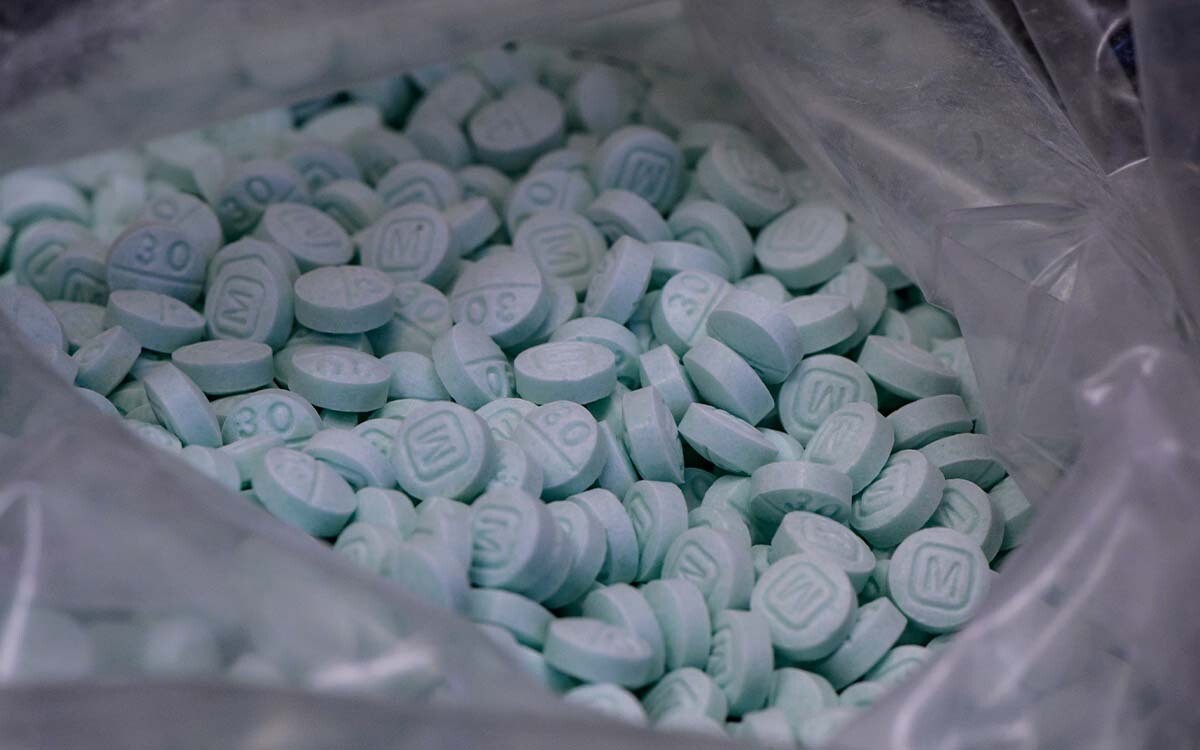
Mexico is experiencing an increase in the consumption of fentanyl, a potent synthetic opioid widely used in the production and exportation in the country, according to a recent report from the United Nations (UN). The International Narcotics Control Board (INCB) warns that the demand for treatment for the consumption of this drug has been steadily rising, especially in border states with the United States such as Baja California, Chihuahua, Sonora, and Sinaloa.
The INCB report indicates that, while there were practically no recorded requests for treatment for fentanyl consumption before 2018, by 2023 there were 430 cases. This upward trend reflects the transformation of Mexico into a fentanyl consumption market. The NGO 'Centros de Integración Juvenil', which works with patients with mental health disorders, reports that 60% of the individuals attended in 2023 sought treatment for drug use such as cannabis, methamphetamine, and cocaine.
Regarding cannabis consumption, a survey conducted in 2023 revealed that 26.9% of respondents had consumed this drug at least once, with an average onset age of consumption of 20 years. Of these, 19.5% continued consuming cannabis, and 34.7% did so daily or almost daily. The INCB highlights that the consumption of opioid analgesics, such as OxyContin and Vicodin, in Mexico is significantly lower than in the United States.
Furthermore, the INCB report indicates that in northern Mexico there are pharmacies selling counterfeit drugs, including methamphetamine inaccurately labeled as Adderall and mixed fentanyl tablets sold as oxycodone. This situation poses a serious public health problem and underscores the urgent need to address the increase in drug consumption in the country.














